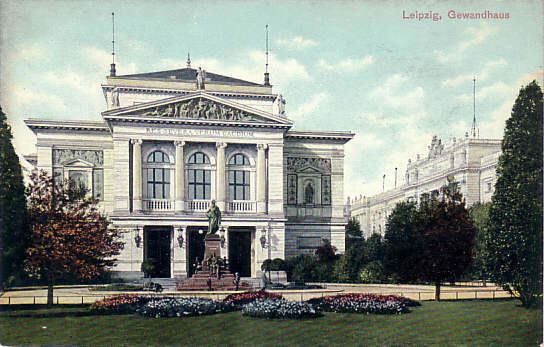Name Martin Gropius | Structures Martin-Gropius-Bau | |
 | ||
Died December 13, 1880, Berlin, Germany | ||
An interview richard pare photographer for building the revolution at martin gropius bau berlin
Martin Carl Philipp Gropius (11 August 1824, Berlin – 13 December 1880) was a German architect.
Contents
- An interview richard pare photographer for building the revolution at martin gropius bau berlin
- Martin gropius Bau
- Life
- Works
- Own Writings
- Further reading
- References
в Martin gropius Bau
Life
Gropius studied at the Bauakademie in Berlin and after graduation worked as a private architect. He received artistic direction from Karl Friedrich Schinkel and Karl Bötticher and continued his studies with prolonged trips through Greece and Italy.
In 1856 Gropius was appointed to a professorship at the Academy of Applied Art and was later a member of the Berlin-Brandenburg Academy of Sciences and Humanities as well as the Austrian Academy of Sciences. Until his death he worked with Heino Schmieden to develop Fa. Gropius & Schmieden, one of the largest architecture firms in Berlin.
Martin Gropius was the great-uncle of architect and Bauhaus founder Walter Gropius.
The present-day Martin Gropius Bau in Berlin was built in 1881 based on plans by Martin Gropius and Heino Schmieden as an applied art museum (the Kunstgewerbemuseum Berlin). It was constructed in the style of the Italian Renaissance and has a central atrium. Mosaics with allegories from various ages and the coats of arms of German states decorate the spaces between windows. After World War I the Bau housed the Museum of Pre- and Early History as well as the oriental art collection. In the last weeks of the Second World War the building was bombed. Reconstruction of the building began in 1978 after it was placed under protection for historic preservation in 1966. Another restoration took place in 1999/2000. Today the Martin Gropius Bau is an important space for special exhibits of all kinds.
Martin Gropius is buried at Dreifaltigkeitsfriedhof 2 in the Kreuzberg neighborhood of Berlin.
Works
Along with representative buildings (e.g. the University in Kiel and the Gewandhaus in Leipzig), many clinics and hospitals were built in Berlin and Brandenburg based on Gropius's designs.
Many houses and villas in Berlin and its environs were built based on Gropius's designs. For example:
